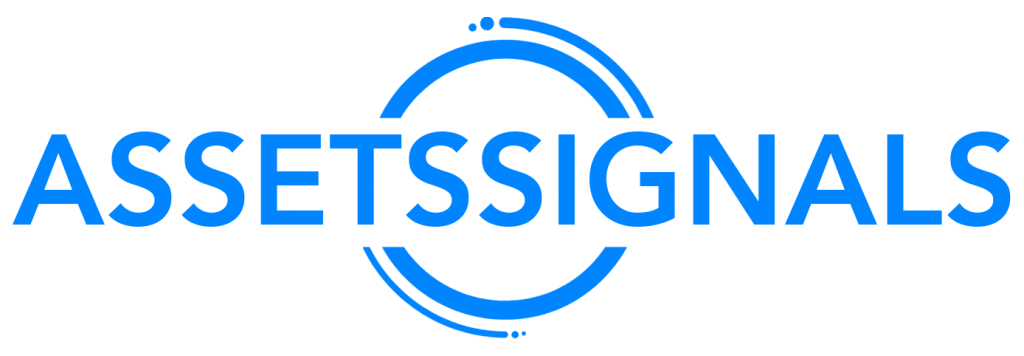The Euro (EUR) is showing a moderately positive tone on Monday, with the Dollar languishing near multi-month lows. The recent dovish pivot by the US Federal Reserve (Fed) and investor confidence that the US central bank will start cutting rates in the first quarter of 2024, is fuelling the positive market mood. This favorable scenario has buoyed the Euro to session highs at 1.0940, from Monday´s lows below 1.0900, although the pair might find some resistance at current levels, as the Eurozone Consumer Prices Index (CPI) confirmed that inflation is decelerating at a fast pace. The headline CPI contracted at a 0.6% pace in November, with the yearly inflation declining to 2.4% from 2.9% in October. The Core CPI, which removes the impact of seasonal products like food and energy, eased to 3.6% yearly pace, from 4.2% in October. These figures, combined with the negative GDP and the weak PMI figures seen earlier this month bring into question the hawkish rhetoric by ECB President Christine Lagarde and might add negative pressure on the Euro.
On the other hand, the recent hawkish comments by Fed officials, like Chicago Fed President, Austan Goldsbee, who denied any commitment to cut rates soon, have failed to provide a significant impulse to the US Dollar. US bond yields remain near multi-month highs with traders pricing in rate cuts in March, which keep US Dollar bulls in check. Investors are waiting for the release of an array of key US indicators on Friday, with a special attention on the PCE Prices Index, which will provide further additional cues about the Fed monetary policy outlook. Euro reversal from the 1.1010 resistance area, has been contained above the 1.0880 support area and the pair is picking up on Tuesday´s European session, fuelled by a favorable risk environment. The broader trend remains positive, although the 1.1010 resistance area might be a tough nut to crack. Above here, the next targets would be the August high at 1.1060, and the July 24 and 27 high at 1.1150. To the downside, a bearish reaction below the December 14 low at 1.0880 and the 4-hour 100 Simple Moving Average (SMA) at 1.0870 would increase bearish pressure towards 1.0825 on the way to 1.0730 lows.

